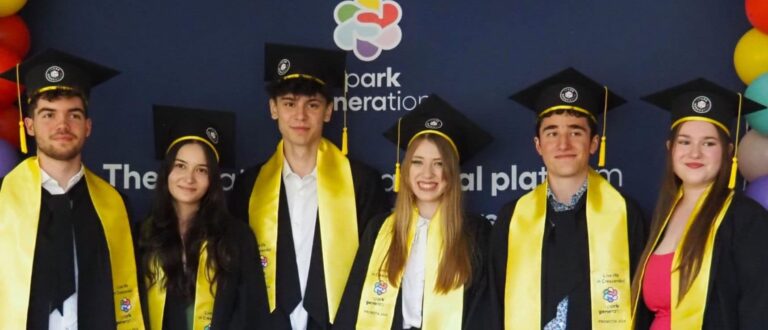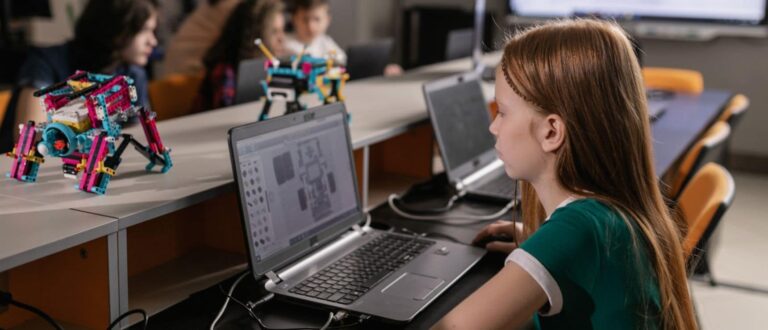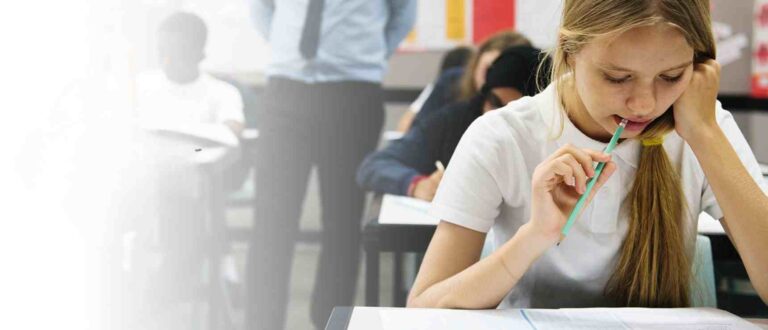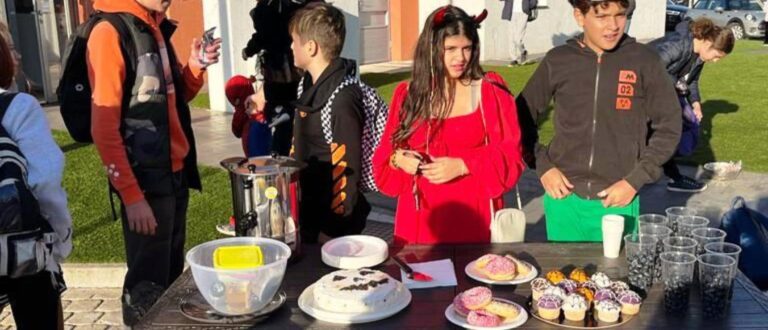The COVID-19 pandemic has tested the traditional patterns of everyday living of people around the world. It has completely changed the traditional face to face education. Even more so for a particular type of teacher – the ‘specialist’ teacher, who has classes throughout an entire school and has to adapt to a wider range of ages and sometimes even needs a certain type of teaching environment.
The biggest disadvantage of going online, for all teachers, is that they no longer have close contact with their students. They no longer see how they evolve in person or if they manage to achieve their objectives. At home, the work can be monotonous and very repetitive, and the students don’t always put into practice what they learn in person.
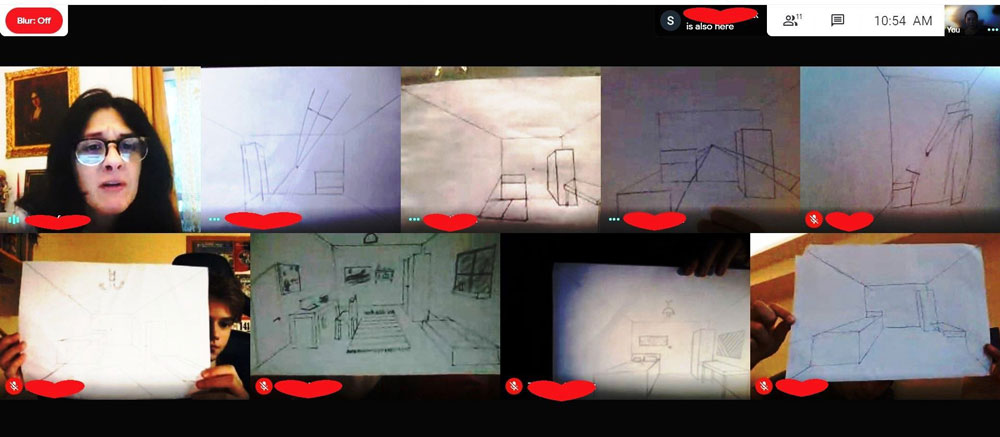
In addition, at home you depend a lot on online platforms which, no matter how many advantages they have, always have issues which we cannot fully control and sometimes you simply find it very difficult to manage. And, we also know it’s not ideal for students to be in front of a screen for 7 hours a day but the reality is, this is how school looks like at the moment.
How has teaching changed for specialist teachers? Here’s what a PE teacher, a Spanish teacher and a Music teacher can tell you.
Regards the PE and sport classes, the pandemic has reduced significantly the physical activity of students of all educational levels.
As a P.E. teacher I found that having to plan and deliver online learning can be frustrating and difficult. The subject isn’t well suited to online delivery, as it requires social interaction or movement, which is very limited in the space of a house and different for each student. Most of the P.E content is often around working in groups and delivered with lots of equipment and space. Online learning looks nothing like that.
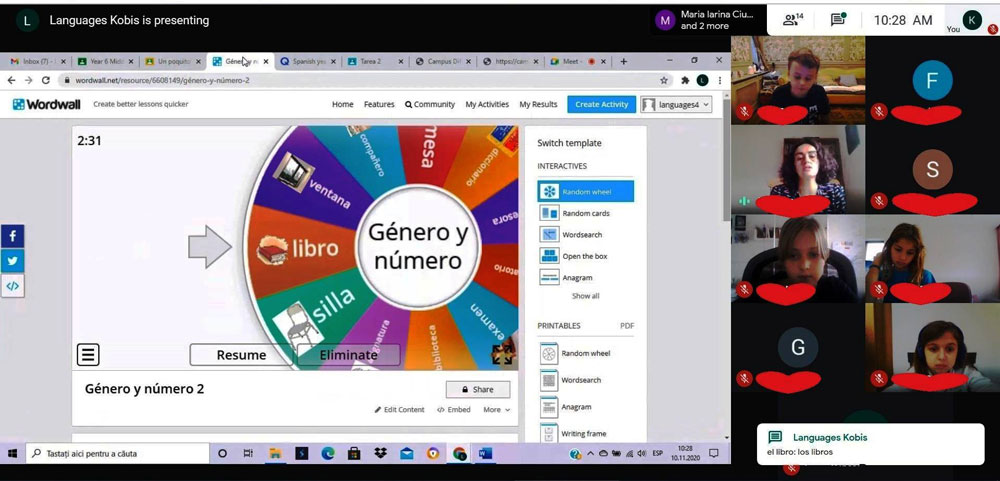
Students may as well face these issues:
- A small shared space in an indoor environment with restrictions or lack of wall space
- Minimal PE equipment (no balls, cones etc.) or equipment that has to be shared with siblings
- Access to a laptop/ipad/phone which may be shared
- An unstable internet connection
- Issues related to being on a camera in their home environment
- No possibility of going outside to exercise due to local guidelines, access, and supervision
When scheduling online activities, it is very difficult to know whether or not the students have the equipment I want them to use or how many people I can count on when asking them to do a small group activity. Utilising household objects such as socks, tins, bottles and towels can help substitute for various balls and basic equipment.
Luckily there is such a vast array of excellent resources out there that can really help! Fitness is a popular online lesson choice. Linking fitness sessions from YouTube for students to follow is simple. Delivering live fitness lessons or sending out pre-recorded fitness requires a little more thought. As we all know only too well, what works brilliantly for one class and age group may not work well for another. Each child is unique and being on screen and nodding along doesn’t always mean tasks or instructions are understood.
Teaching P.E. online is not ideal, but lessons can still be meaningful, and children can still learn. Parents, students and teachers are all finding this challenging, so the key is to stay positive. And of course, to be ready to learn!
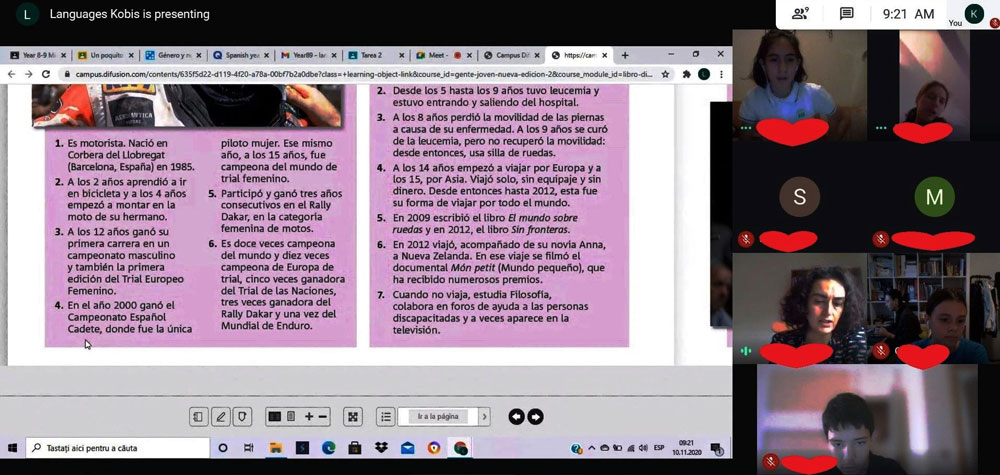
It is clear that hybrid and online classes are part of the future, but obviously training and preparation is even more necessary, to enable an environment with the necessary resources, to offer quality education, both to face-to-face students and online students.
Language teaching has happened online before the pandemic, with classes offered remote, especially to adults. So, there are lots of materials at hand, platforms to deliver classes on, a paved path, let’s call it. However, what has teaching a foreign language to primary age students become in hybrid mode?
The challenge that I encounter during hybrid classes is that when I sit at the computer to be with the students who are online and explain the new content to them, I feel a certain lack of concentration for the children who are face-to-face, and vice versa. To this is added that it is in a language that they do not speak and they need individualized explanation and continuous help. Sometimes it’s a challenge to take on two classes at once. I also find that the students who are at home do not have the necessary things, they do not have books or notebooks. Therefore, it is more work to prepare resources, not only for the students who are in person, but also to adapt those resources for the student who is online.
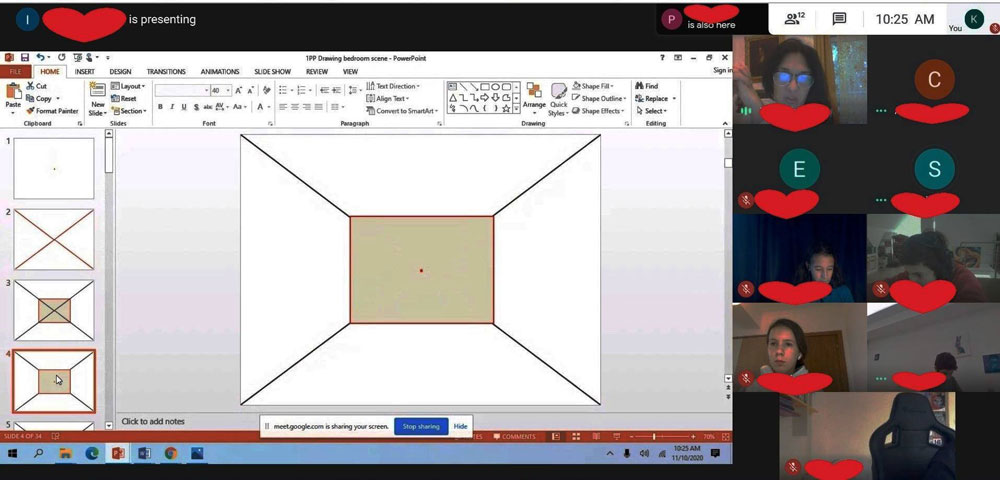
In hybrid classes, it is important that the online content of a foreign language course reaches everyone, although it must be delivered in different ways. We need visual resources (images, diagrams, tables), auditory resources (sounds, dialogues, read text, interviews), audiovisual resources (film scenes, advertisements, interviews), asynchronous forum-type dialogue, such as commenting on course materials together to the teacher. The idea is to be able to propose activities that involve applying, solving problems, working in a small group, so that online students are participating alongside the ones in the classroom. This is the reality of a Spanish language teacher, but what happens with performing arts, with music and drama? How do you organise learning?
We, the teachers have made it clear and patent our flexibility when adapting to new changes from one day to the next, we have shown that we have the skills and abilities necessary to design classes in face-to-face format and, at the same time, create content to maintain education remotely, but I believe that the system should not leave everything in the hands of teachers, but rather it has to be the work of the entire educational community.
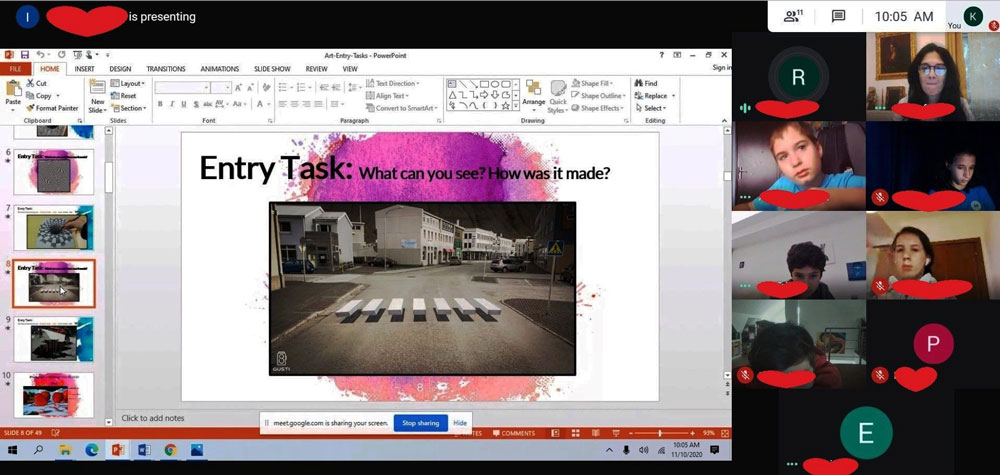
Normally, every class has its own reality. Drama it’s all about teamwork, all the games are supposed to be a fun way to help the pupils work better as a group. You use the British Curriculum to make sure you’re always up to date in teaching everything – but the class reality sometimes pushes you a bit further from the shore.
Online classes might be a time to regroup and give the pupils a chance to work more on an individual level. So, for some teachers, the online classes made them change the focus from group working to individual working. This could be a bit boring for the students, so, it’s really hard as a teacher to keep them focused and working together as a group. “I make sure that I convince those who are not working to be the judges, to be those who analyse their colleague’s work and then talk about individual performances – how was it compared to his normal personality, did you buy it, did you believe it, what would you improve in this performance?”
For the online Music classes, Youtube videos are a good go to as a resource to make learning more interesting. There are details about great composers that can be so interesting to discover.” Pupils don’t really like to only listen to classical music, but finding interesting videos about great composers , about their life and what inspired them when they created their most interesting artworks, can make music education more welcoming. I make sure that we use the online Music classes to introduce classical composers the students may have never heard of, or even modern ones they might not ever look for and listen to by themselves. ”
Singing and rhythm practice continues easily, but children are encouraged to sing individually and they are given the chance to have a performance in front of their first audience, their classmates.
“In Music class, I give their generation a chance. I refuse to shut them out and say no to listening to their music. What is interesting is that they all agree that the message is inappropriate (when it is) and they try to warn me gently that I shouldn’t listen to their kind of music. If I want to make them believe in good music, I want them to believe me when I tell them that every generation has a previous generation who believes that their music is ‘bad’ and tries to make them want to listen to different kinds of Music. I want them to believe that I am open as a teacher of Music and I want us to communicate if I really want to be a good Music educator. “
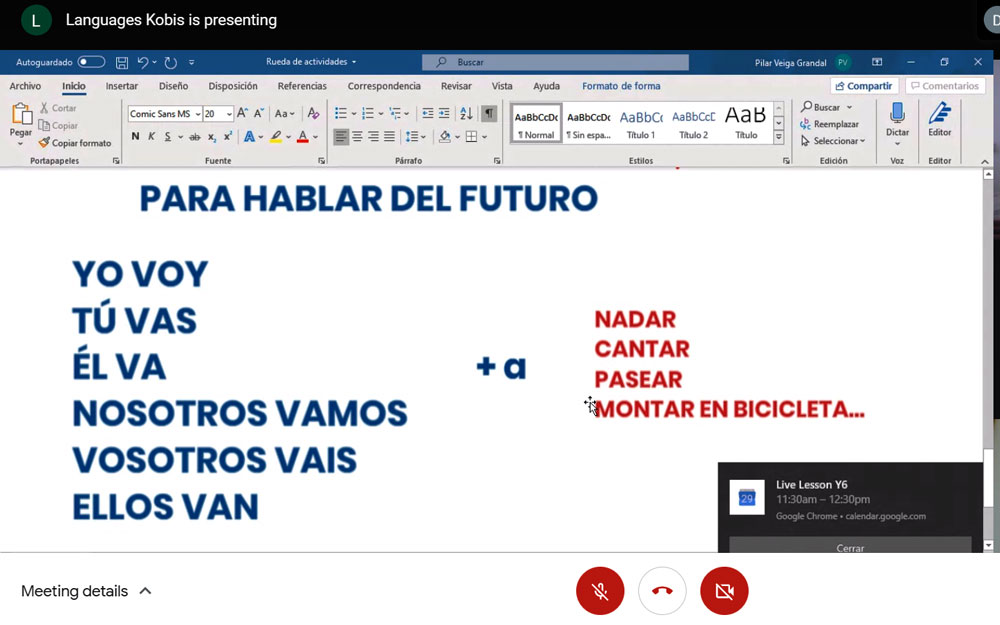
Preparing your lesson plans is an interesting time. You almost can’t wait for the school to start and welcome your pupils to surprise them with new ways to entertain them and help them learn while having fun. But, what do you do when a pandemic wave forces you to change everything and adapt to online classes? Well, knowledge of your subject and students, respect, trust and determination are the main ingredients!
If I want them to trust me as a teacher , I need them to know that I am not here just to make them listen, I am here to listen to them as well.
“Faith, trust and pixie dust!” from all of us at King`s Oak British International.


